Mole Defined: Is This Spicy-Sweet Sauce the Ultimate Comfort Food?
If you've ever heard of mole and thought it was just another Mexican sauce, prepare to be delightfully surprised. Mole (pronounced MOH-lay) is a rich, complex sauce that’s more than just food — it’s culture, history, and flavor rolled into one unforgettable dish.
In this post, we’ll break down what mole really means, how it's made, where it comes from, and why it deserves a permanent spot in your spice-loving kitchen repertoire.
Table of Contents
- What Exactly Is Mole? A Clear Definition
- The Deep Roots of Mole in Mexican Cuisine
- A Flavorful Lineup: The Major Types of Mole
- Mole Ingredients Demystified: From Chiles to Chocolate
- How to Make Mole at Home: Step-by-Step Tips
- Buying Guide: Ready-Made Mole Products Worth Trying
- Creative Ways to Use Mole in Everyday Cooking
- Final Thoughts: Embracing the Magic of Mole
What Exactly Is Mole? A Clear Definition
So, you’ve probably asked yourself: what is mole definition food? In short, mole is a traditional Mexican sauce known for its complexity, depth, and unique blend of ingredients including chiles, spices, nuts, seeds, and sometimes even chocolate.
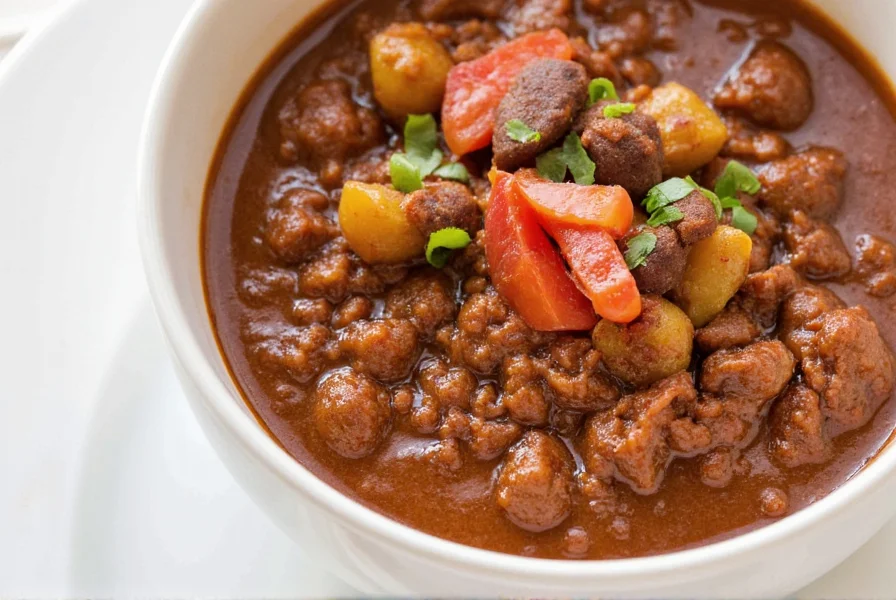
The word "mole" comes from the Nahuatl word molli, which simply means “sauce.” However, over time, mole has evolved into a culinary masterpiece — especially in regions like Oaxaca and Puebla — where it’s prepared with dozens of carefully chosen ingredients.
It’s often used to dress meats, tamales, enchiladas, and tacos, but its applications go far beyond that. Think of mole as the soul of Mexican festive meals, especially during celebrations like Día de los Muertos or weddings.
Key Features of Mole:
- Complex flavor profile (sweet, spicy, smoky, nutty)
- Can include up to 30+ ingredients
- Slow-cooked preparation
- Used across many regional variations
- Deep cultural significance
The Deep Roots of Mole in Mexican Cuisine
Mole isn’t just a sauce — it’s a story. Its origins are believed to date back to pre-Hispanic times when indigenous communities began combining native ingredients like tomatoes, cacao, chili peppers, and herbs to create early versions of the sauce.
One popular legend tells of nuns at the Convent of Santa Rosa in Puebla who, upon learning of an unexpected bishop’s visit, scrambled to create a special dish using whatever they had. They combined chiles, spices, nuts, and chocolate — voilà, mole poblano was born!
Today, mole reflects the blending of indigenous and Spanish influences. While traditional recipes vary by region, each version tells a different chapter of Mexico’s diverse culinary heritage.
A Flavorful Lineup: The Major Types of Mole
Did you know there are over 50 types of mole in Mexico? Here’s a breakdown of the most famous ones to help you navigate the flavor spectrum:
| Type of Mole | Region | Key Ingredients | Flavor Profile |
|---|---|---|---|
| Mole Poblano | Puebla | Chiles, chocolate, spices | Rich, earthy, slightly sweet |
| Mole Negro | Oaxaca | Smoked chiles, banana, sesame | Deep, smoky, savory |
| Mole Verde | Oaxaca / Michoacán | Green chiles, herbs, pumpkin seeds | Fresh, bright, herbal |
| Mole Amarillo | Oaxaca | Yellow chiles, garlic, spices | Spicy, tangy, aromatic |
| Mole Chichilo | Oaxaca | Beef tripe, dried chiles | Umami-rich, robust |
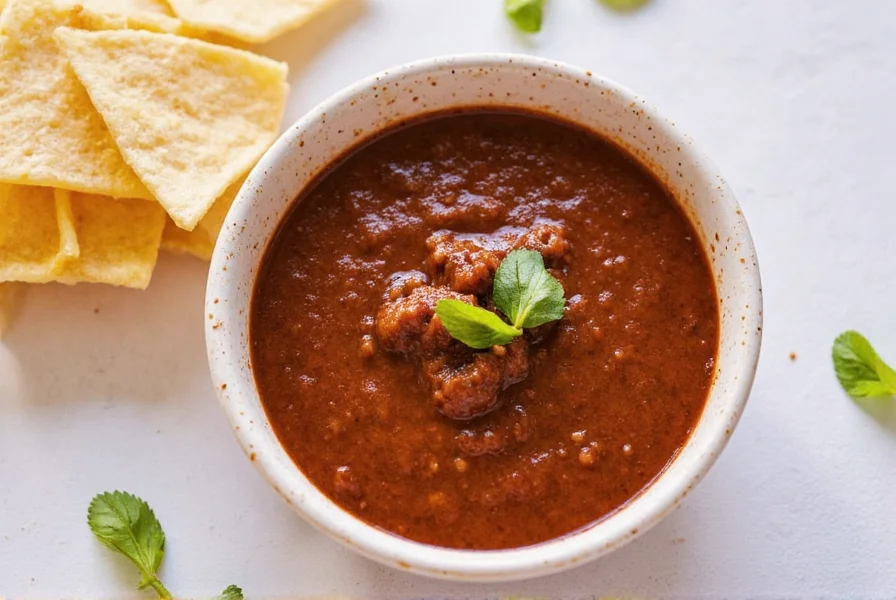
Mole Ingredients Demystified: From Chiles to Chocolate
The beauty of mole lies in its layers of flavor. Each ingredient plays a crucial role in building that signature depth:
Common Mole Ingredients:
- Dried Chiles: Ancho, pasilla, mulato, chipotle — these provide heat and earthiness.
- Chocolate: Used in some varieties like mole poblano to add richness and balance spiciness.
- Nuts & Seeds: Almonds, peanuts, sesame seeds contribute texture and nuttiness.
- Spices: Cinnamon, cloves, anise, and cumin bring warmth and fragrance.
- Tortillas or Bread: Often used to thicken the sauce.
- Fruits: Tomatoes, raisins, plantains, or bananas can add sweetness or acidity.
Each ingredient is toasted, fried, or roasted separately before being blended into a paste and simmered for hours. It’s not just cooking — it’s alchemy.
How to Make Mole at Home: Step-by-Step Tips
Ready to try your hand at homemade mole? Don’t let the long list of ingredients intimidate you. With patience and care, you can recreate this magic in your own kitchen.
Basic Mole Poblano Recipe (Simplified):
- Toast dried ancho, pasilla, and mulato chiles until fragrant.
- Soak chiles in hot water until soft.
- Sauté onions, garlic, tomatoes, and tomatillos until softened.
- Add toasted almonds, raisins, cinnamon, clove, and peppercorns.
- Blend everything into a smooth paste.
- Simmer with broth, stirring frequently, until thickened.
- Stir in melted dark chocolate and adjust seasoning.
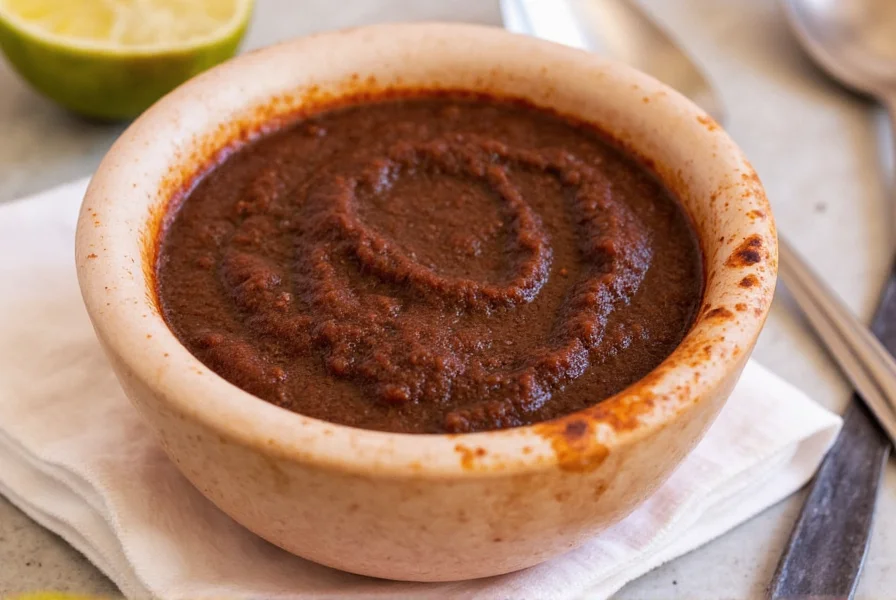
Pro Tips:
- Use high-quality chocolate (dark or unsweetened).
- Don’t rush the simmering process — this builds flavor.
- Make a big batch! Mole freezes well.
- Taste and tweak as you go — no two moles are exactly alike.
Buying Guide: Ready-Made Mole Products Worth Trying
Not everyone has time to make mole from scratch — and that’s okay! There are some excellent store-bought mole pastes and sauces available. Here’s a curated list of top products for different needs:
| Product Name | Type | Best For | Features |
|---|---|---|---|
| La Costeña Mole Poblano Paste | Paste | Quick meal prep | No artificial preservatives, easy to use, authentic flavor |
| Dona Maria Mole | Sauce | Weeknight dinners | Creamy consistency, balanced sweetness and spice |
| Rancho Gordo Mole Kit | Kits | Home cooks who want to learn | Includes all ingredients needed to make mole from scratch |
| Los Amigos Organic Mole Negro | Paste | Foodies and purists | Smoky, deep flavor; organic and non-GMO |
| Goya Mole Seasoning Mix | Seasoning mix | Beginners | Easy to follow recipe, affordable, widely available |
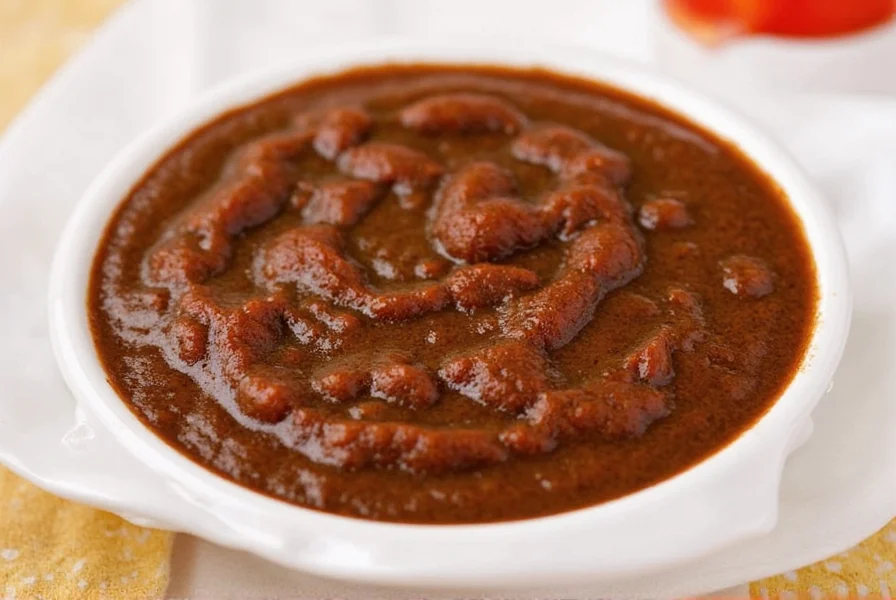
Creative Ways to Use Mole in Everyday Cooking
You don't have to stick to chicken mole every time. Once you've got a jar (or batch!) of mole ready, here are some fun ways to incorporate it into your meals:
- Mole Tacos: Spoon over grilled chicken, pork, or jackfruit for a delicious twist.
- Mole Enchiladas: Roll up tortillas filled with cheese, chicken, or beans, drench them in mole, and bake.
- Mole Pasta: Stir into cooked pasta with sautéed veggies and Parmesan.
- Mole Gravy: Pour over meatloaf, mashed potatoes, or biscuits.
- Mole Quesadillas: Drizzle inside cheese-filled quesadillas for a creamy, spicy surprise.
- Mole Popcorn: Toss freshly popped popcorn with a touch of mole powder and lime for a snack with flair.
Final Thoughts: Embracing the Magic of Mole
Understanding the mole definition food opens a door to a world of flavor, tradition, and culinary craftsmanship. Whether you’re making it from scratch or buying it off the shelf, mole is a sauce worth celebrating.
From its humble beginnings in ancient kitchens to modern reinterpretations in fine dining, mole continues to capture hearts and taste buds around the globe. So next time you reach for a spice or a sauce, consider going deeper — go mole.
Your pantry will thank you. Your taste buds will thank you. And maybe even your ancestors will smile down.

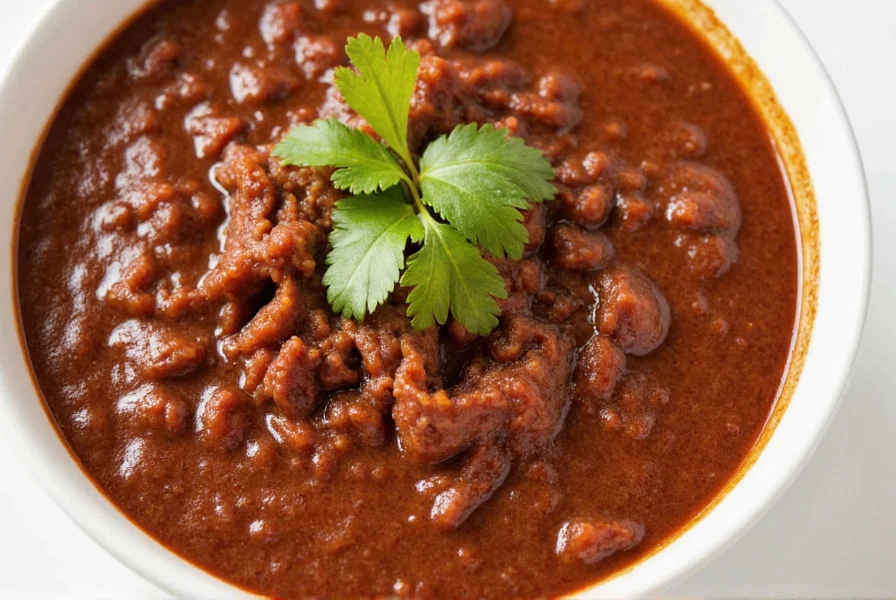









 浙公网安备
33010002000092号
浙公网安备
33010002000092号 浙B2-20120091-4
浙B2-20120091-4